6/1/2003 - All About Jazz review (#2) of Suite for New York
The musical evocation of New York is nothing new. Julius Hemphill and Laura Nyro have done it before, and for all of the dissimilarities between their works their powers of evocation leave Jackson with a lot to live up to. He does so with aplomb, and produces music with no modest personality of its own. His is the only work of the three to appear in the wake of the events of 9/11, though these events have little overt influence upon the music.
James Spaulding is perhaps the most widely known of the musicians here, and his incendiary alto sax playing is one of the highlights of the disc. “Third Invocation” is a rare opportunity to hear him playing entirely solo, and he brings characteristic focus, intensity and depth of personality to his playing – if the city that never sleeps contains streets that do then they've yet to be better evoked.
”Brooklyn Lullaby,” which immediately follows, is perhaps the most affecting piece of composition on the disc. Such is the depth of its evocation that the listener isn't in any doubt regarding Jackson's fondness for the place, and it's rare to hear a lullaby featuring a swaggeringly bluesy violin solo – the playing of Christian Howes will be worth hearing out for if this is anything to go by...
”Hopes And Dreams: Introduction” has one of those melodies that worm their way into the consciousness and happily also features Spaulding in full flight, albeit with the passing problem of questionable intonation. Again he does the work of setting the scene for “Hopes And Dreams: Main Section & Conclusion” which, in a kind of ambiguous reference to the events of 9/11 evokes a joyous, exuberant city seemingly able to overcome adversity through depth of will.
As a suite per se the music doesn't hang together in quite the formally correct way. It does however contain plenty of highlights and is of an order that pays repeated listening. It's also an example of jazz being relevant and of a player-composer responding to his surroundings just as Duke Ellington did all those decades ago with “Harlem Air Shaft.” It's also a damn sight more engrossing than any dextrously facile re-reading of Ellington's works.
- Nic Jones, All About Jazz
